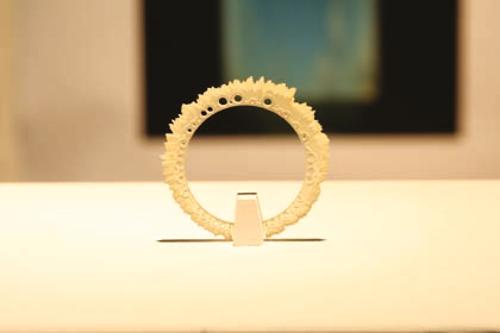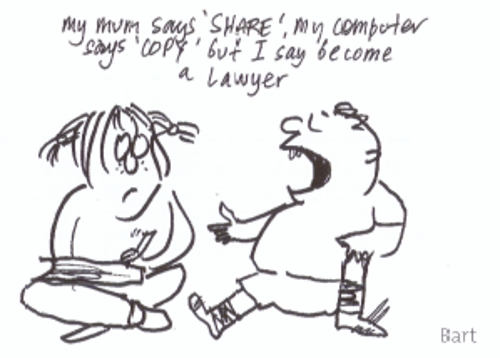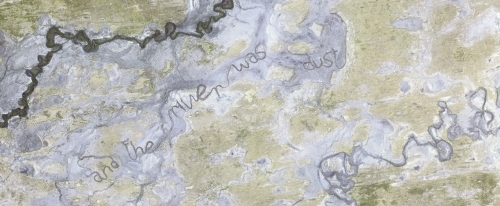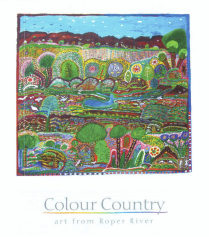
A wise woman[1] has stated that it is the art catalogues that will become the documents by which exhibitions and more ephemeral events are remembered: it is to those affordable treasures that we will turn for specific information about particular works and aspects of different art movements.
And that is surely true for Colour Country: Art from Roper River on the art work coming out of the community of Ngukurr on the Roper River in the Northern Territory. It is a small catalogue but power-packed with information. Beginning with a chapter on the socio-historical context of the Roper River region followed by an outline of the history of art production at Ngukurr, it then focuses on the artworks of very significant artists from the area - Willie Gudabi and Moima Willie, Ginger Riley Munduwalawala, Gertie Huddleston, Djambu Barra Barra, Nay Jirwulurr Johnson and Angelina George. Three emerging artists are included in the chapter on Ngukurr Now. A selected (but very comprehensive) bibliography also details audio and video works from the mid 1980s onwards.
Judith Ryan and Nicolas Rothwell have also contributed essays. The exhibition is dedicated to Djambu Barra Barra (c.1946-2005) and as part of 'Big Corroboree Stories’, Cath Bowdler examines his work from the perspectives of personal history and his role in the community to his painting business with his major thematic subjects: works are then examined in terms of images of power colour and form and painting as performance. It is one of the many essays in this full colour catalogue to which one will turn again in the future seeking information about the amazing range and depth of works from this community.
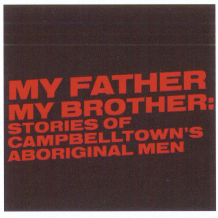
The stated aim for My father, my brother is to increase awareness, promote learning, respect and understanding across generations and within the wider community and to provide opportunities for older Aboriginal women and men to come together and strengthen connections with younger people in their community, by presenting through the creative arts, the life stories and memories of Campbelltown’s Aboriginal women and men.
In this slim volume, nineteen men, captured in close-focus black and white photographs by Mervyn Bishop, share their personal stories. (This is an accompanying volume to Tell me My Mother: Stories of Campbelltown’s Aboriginal Women which was published in 2007 as part of the same project).
Arranged alphabetically, these individual stories document the challenges and the triumphs, hardships and joys, the role of education and seized opportunities as well as the importance of family (in its broadest sense), making obvious through shared experiences, the special connections of Aboriginality.
Without texts such as these, it is not possible for the wider community to gain an insight into these lives that are both ordinary and special. And of course, they are invaluable for younger Aboriginal people who are facing similar sorts of challenges in an increasingly complex world.
Footnotes
- ^ See p.15, this Artlink.



